
Systematic mathematical model, also known as mathematical simulation, refers to the evaluation of various environmental elements and processes involved on the basis of an objectively existing environmental system and a set of mathematical expressions between them.
The mathematical model of the control system is a mathematical expression that describes the relationship between physical quantities (or variables) within the system. Under static conditions (that is, the derivative of each order of a variable is zero), the algebraic equation that describes the relationship between variables is called a static mathematical model; and the differential equation that describes the relationship between the derivatives of each order of a variable is called a mathematical model.
The mathematical model of the control system is a mathematical expression that describes the internal physical quantities or variables of the system. To establish a mathematical model of the control system, please refer to the blogger's specific explanation in Signal and Linear System Analysis.
Time domain model - a mathematical expression that regulates the differential equation of the object and describes the relationship between the variables of the system, which is called the mathematical model of the system. It is expressed by t differential equations, differential equations and equations of state.
The mathematical model is a mathematical expression that describes the dynamic relationship between the physical quantities within the system. Commonly used mathematical models include: differential equations, transfer functions, frequency characteristics, differential equations and statespace expressions, etc.
1. Normal distribution model: a continuous distribution whose shape is like a bell curve, which can describe the distribution of many phenomena in nature, such as height, body Wait again. Markov Chain Model: DrawingDescribe the evolution of state in time and is used in various applications, such as natural language processing, financial market analysis, etc.
2. The differential equation model is generally suitable for dynamic continuous models. When describing the process of the evolution of certain characteristics of the actual object with time or space, analyzing its laws of change, predicting its future nature, and studying its control means, it is usually necessary to establish a dynamic model of the object. Probability statistical model.
3. Continuous systems can be described by a set of differential equations. When the coefficient of a differential equation is constant, it is called a constant system, and when the coefficient changes with time, it is called a time-variable system. Mathematical models of this kind of system include continuous models (diferential equations, etc.), discrete time models (diferential equations, etc.) and continuous-discrete hybrid models.
4. NervousNetwork model: Neural network is a mathematical model that simulates the nervous system of the human brain, which can be used to simulate and predict complex nonlinear systems. Neural network models are widely used in image processing, speech recognition, intelligent control and other fields.

1. Systematic mathematical model, also known as mathematical simulation, refers to the evaluation of various environmental elements and processes involved and a set of mathematical expressions based on the objectively stored environmental system.
2. Static and dynamic models. Static models refer to the relationship between the quantities of the system to be described does not change with time, and is generally expressed by algebraic equations. A dynamic model refers to a mathematical expression that describes the laws that change over time between the quantities of the system, which is generally represented by differential equations or differential equations.
3. Mathematical modeling is to establish a mathematical model, and the process of establishing a mathematical model is the process of mathematical modeling. Mathematical modeling is a mathematical thinking method. It is a powerful mathematical means that can approximate and "solve" practical problems through abstraction and simplification by using mathematical language and methods.
1. In the discrete model, there are hierarchical analysis model, benefit distribution model, gray evaluation model, election rule model, etc.
2. Discrete model: algebraic equations and differential equations, integer planning, graph theory, countermeasure theory, network theory, continuous system VS discrete system definition continuous system: the change of system state is continuous in time. Discrete system: Changes in system state only occur at a certain point in time.
3. The expressions of discrete systems include differential equations, state space method, Z transformation and Fourier transform (DTFT) of discrete time, etc. A discrete system refers to a system in which both input and output are discrete time signals, and its mathematical model is usually described by differential equations.
Differential equation model: This is the most common automatic control system model, which uses differential equations to describe the system The relationship between input, output and state variables. For example, a simple first-order system can be expressed as dx/dt=ax+b, where x is a state variable and a and b are constants.
The equation of motion (also known as the mathematical model) of the control system is written according to the dynamic characteristics of the system, that is, through the laws of physics that determine the characteristics of the system, such as the basic laws of mechanics, electricity, heat, hydraulics, pneumatics, etc.
Using mathematical languages such as differential equations to describe the relationship between the output and the corresponding input is called establishing a mathematical model.The function of the mathematical model is to describe the characteristics of the accused object itself; the design and correction link quantitatively according to the characteristics of the accused object; it is used to analyze the performance indicators of the whole system as a criterion for judging whether the system meets the standard.
It is called a static model. There are many forms of dynamic mathematical models. The mathematical models commonly used in the time domain include differential equations and differential equations; there are transfer functions and structure diagrams in the complex domain; there are frequency characteristics in the frequency domain, etc.
A mathematical model of an electromechanical control system can have a variety of expressions, but usually chooses the form that best describes the dynamic characteristics of the system. In the electromechanical control system, commonly used mathematical models include transfer functions, state equations, frequency responses, etc.
The mathematical model of the system, also known as mathematical simulation, refers to the evaluation of various environmental elements and processes involved on the basis of the objective environmental system and the interconnection and action of a set of mathematical expressions between them.
The mathematical model of the control system is a mathematical expression that describes the internal physical quantities or variables of the system. To establish a mathematical model of the control system, please refer to the blogger's specific explanation in Signal and Linear System Analysis.
The definition is as follows. Time domain model - the differential equation that regulates the object, a mathematical expression that describes the relationship between the variables of the system, is called the mathematical model of the system. It is expressed by t differential equations, differential equations and equations of state.
GCC HS code-based tariff systems-APP, download it now, new users will receive a novice gift pack.
Systematic mathematical model, also known as mathematical simulation, refers to the evaluation of various environmental elements and processes involved on the basis of an objectively existing environmental system and a set of mathematical expressions between them.
The mathematical model of the control system is a mathematical expression that describes the relationship between physical quantities (or variables) within the system. Under static conditions (that is, the derivative of each order of a variable is zero), the algebraic equation that describes the relationship between variables is called a static mathematical model; and the differential equation that describes the relationship between the derivatives of each order of a variable is called a mathematical model.
The mathematical model of the control system is a mathematical expression that describes the internal physical quantities or variables of the system. To establish a mathematical model of the control system, please refer to the blogger's specific explanation in Signal and Linear System Analysis.
Time domain model - a mathematical expression that regulates the differential equation of the object and describes the relationship between the variables of the system, which is called the mathematical model of the system. It is expressed by t differential equations, differential equations and equations of state.
The mathematical model is a mathematical expression that describes the dynamic relationship between the physical quantities within the system. Commonly used mathematical models include: differential equations, transfer functions, frequency characteristics, differential equations and statespace expressions, etc.
1. Normal distribution model: a continuous distribution whose shape is like a bell curve, which can describe the distribution of many phenomena in nature, such as height, body Wait again. Markov Chain Model: DrawingDescribe the evolution of state in time and is used in various applications, such as natural language processing, financial market analysis, etc.
2. The differential equation model is generally suitable for dynamic continuous models. When describing the process of the evolution of certain characteristics of the actual object with time or space, analyzing its laws of change, predicting its future nature, and studying its control means, it is usually necessary to establish a dynamic model of the object. Probability statistical model.
3. Continuous systems can be described by a set of differential equations. When the coefficient of a differential equation is constant, it is called a constant system, and when the coefficient changes with time, it is called a time-variable system. Mathematical models of this kind of system include continuous models (diferential equations, etc.), discrete time models (diferential equations, etc.) and continuous-discrete hybrid models.
4. NervousNetwork model: Neural network is a mathematical model that simulates the nervous system of the human brain, which can be used to simulate and predict complex nonlinear systems. Neural network models are widely used in image processing, speech recognition, intelligent control and other fields.

1. Systematic mathematical model, also known as mathematical simulation, refers to the evaluation of various environmental elements and processes involved and a set of mathematical expressions based on the objectively stored environmental system.
2. Static and dynamic models. Static models refer to the relationship between the quantities of the system to be described does not change with time, and is generally expressed by algebraic equations. A dynamic model refers to a mathematical expression that describes the laws that change over time between the quantities of the system, which is generally represented by differential equations or differential equations.
3. Mathematical modeling is to establish a mathematical model, and the process of establishing a mathematical model is the process of mathematical modeling. Mathematical modeling is a mathematical thinking method. It is a powerful mathematical means that can approximate and "solve" practical problems through abstraction and simplification by using mathematical language and methods.
1. In the discrete model, there are hierarchical analysis model, benefit distribution model, gray evaluation model, election rule model, etc.
2. Discrete model: algebraic equations and differential equations, integer planning, graph theory, countermeasure theory, network theory, continuous system VS discrete system definition continuous system: the change of system state is continuous in time. Discrete system: Changes in system state only occur at a certain point in time.
3. The expressions of discrete systems include differential equations, state space method, Z transformation and Fourier transform (DTFT) of discrete time, etc. A discrete system refers to a system in which both input and output are discrete time signals, and its mathematical model is usually described by differential equations.
Differential equation model: This is the most common automatic control system model, which uses differential equations to describe the system The relationship between input, output and state variables. For example, a simple first-order system can be expressed as dx/dt=ax+b, where x is a state variable and a and b are constants.
The equation of motion (also known as the mathematical model) of the control system is written according to the dynamic characteristics of the system, that is, through the laws of physics that determine the characteristics of the system, such as the basic laws of mechanics, electricity, heat, hydraulics, pneumatics, etc.
Using mathematical languages such as differential equations to describe the relationship between the output and the corresponding input is called establishing a mathematical model.The function of the mathematical model is to describe the characteristics of the accused object itself; the design and correction link quantitatively according to the characteristics of the accused object; it is used to analyze the performance indicators of the whole system as a criterion for judging whether the system meets the standard.
It is called a static model. There are many forms of dynamic mathematical models. The mathematical models commonly used in the time domain include differential equations and differential equations; there are transfer functions and structure diagrams in the complex domain; there are frequency characteristics in the frequency domain, etc.
A mathematical model of an electromechanical control system can have a variety of expressions, but usually chooses the form that best describes the dynamic characteristics of the system. In the electromechanical control system, commonly used mathematical models include transfer functions, state equations, frequency responses, etc.
The mathematical model of the system, also known as mathematical simulation, refers to the evaluation of various environmental elements and processes involved on the basis of the objective environmental system and the interconnection and action of a set of mathematical expressions between them.
The mathematical model of the control system is a mathematical expression that describes the internal physical quantities or variables of the system. To establish a mathematical model of the control system, please refer to the blogger's specific explanation in Signal and Linear System Analysis.
The definition is as follows. Time domain model - the differential equation that regulates the object, a mathematical expression that describes the relationship between the variables of the system, is called the mathematical model of the system. It is expressed by t differential equations, differential equations and equations of state.
How to leverage open-source trade data
author: 2024-12-24 01:26Trade data for enterprise resource planning
author: 2024-12-24 01:02How to align trade data with ESG goals
author: 2024-12-24 00:36Country block exemptions by HS code
author: 2024-12-24 00:36Granular HS code detail for compliance officers
author: 2024-12-24 00:21HS code-driven sectoral analysis
author: 2024-12-24 00:32HS code-based customs dispute resolution
author: 2024-12-24 00:09Cocoa and chocolate HS code insights
author: 2024-12-24 00:05Real-time HS code duty updates
author: 2024-12-23 23:55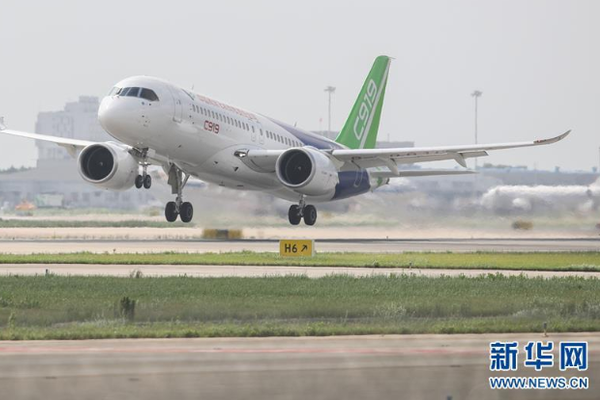 Supplier onboarding with data analytics
Supplier onboarding with data analytics
533.57MB
Check HS code compliance in African unions
HS code compliance in African unions
828.32MB
Check How to interpret trade statistics
How to interpret trade statistics
296.31MB
Check Nutraceuticals HS code verification
Nutraceuticals HS code verification
634.81MB
Check HS code applications in compliance software
HS code applications in compliance software
235.65MB
Check Global trade intelligence whitepapers
Global trade intelligence whitepapers
549.24MB
Check Mining equipment HS code references
Mining equipment HS code references
345.39MB
Check How to comply with dual-use regulations
How to comply with dual-use regulations
629.43MB
Check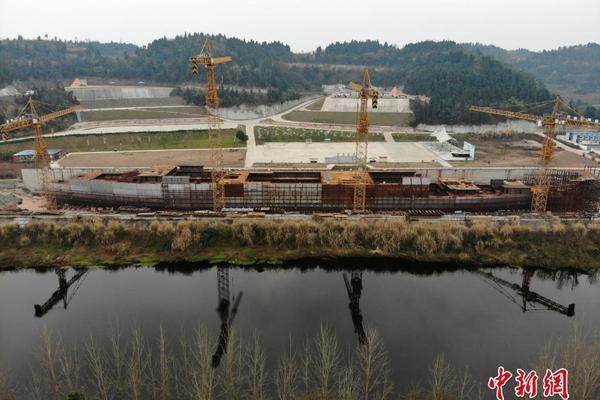 International shipment tracking APIs
International shipment tracking APIs
871.14MB
Check Engine parts HS code verification
Engine parts HS code verification
332.66MB
Check UK HS code duty optimization
UK HS code duty optimization
986.63MB
Check How to access global trade archives
How to access global trade archives
417.89MB
Check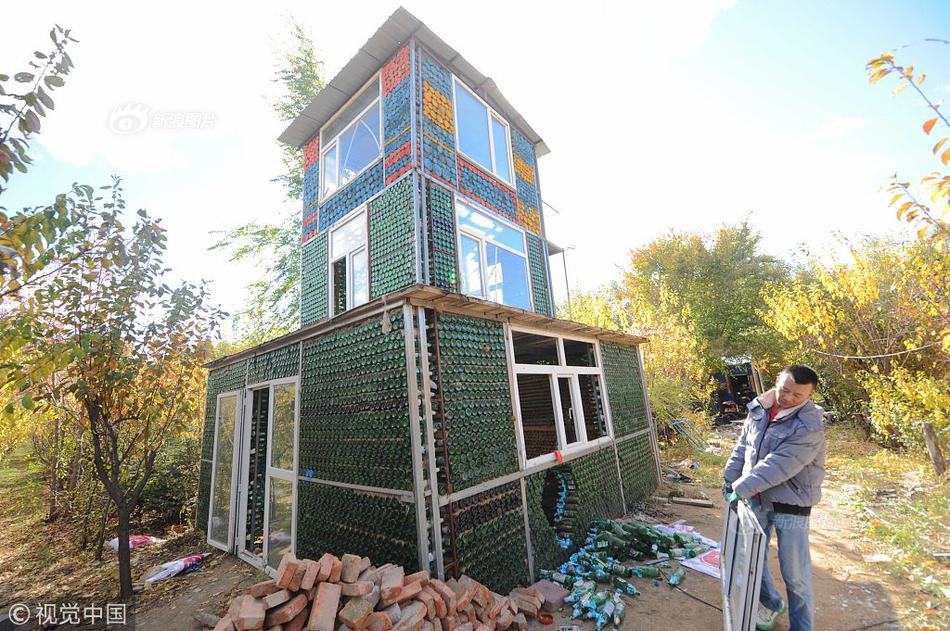 Dehydrated vegetables HS code references
Dehydrated vegetables HS code references
766.65MB
Check Textile finishing HS code analysis
Textile finishing HS code analysis
713.62MB
Check HS code-led regulatory frameworks
HS code-led regulatory frameworks
611.98MB
Check HS code-based broker fee negotiations
HS code-based broker fee negotiations
191.24MB
Check HS code advisory for inbound compliance
HS code advisory for inbound compliance
162.74MB
Check HS code-driven tariff equalization
HS code-driven tariff equalization
227.75MB
Check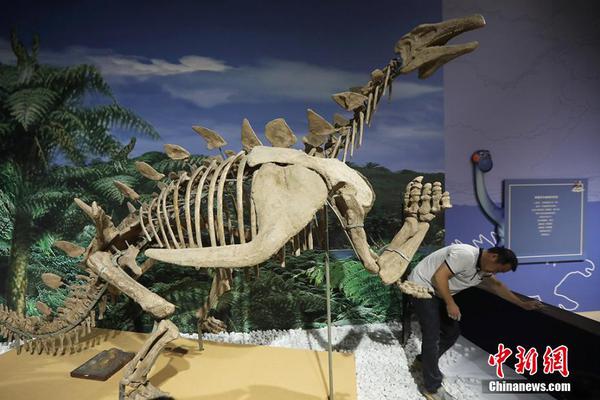 Global trade intelligence for banking
Global trade intelligence for banking
892.32MB
Check HS code-driven risk management frameworks
HS code-driven risk management frameworks
352.77MB
Check Export planning using HS code data
Export planning using HS code data
444.64MB
Check Global trade forecasting tools
Global trade forecasting tools
636.83MB
Check How to use data for HS code classification
How to use data for HS code classification
113.45MB
Check Trade data for intellectual property checks
Trade data for intellectual property checks
554.21MB
Check How to find authorized economic operators
How to find authorized economic operators
212.19MB
Check Steel industry HS code references
Steel industry HS code references
725.81MB
Check Cross-border HS code harmonization
Cross-border HS code harmonization
749.98MB
Check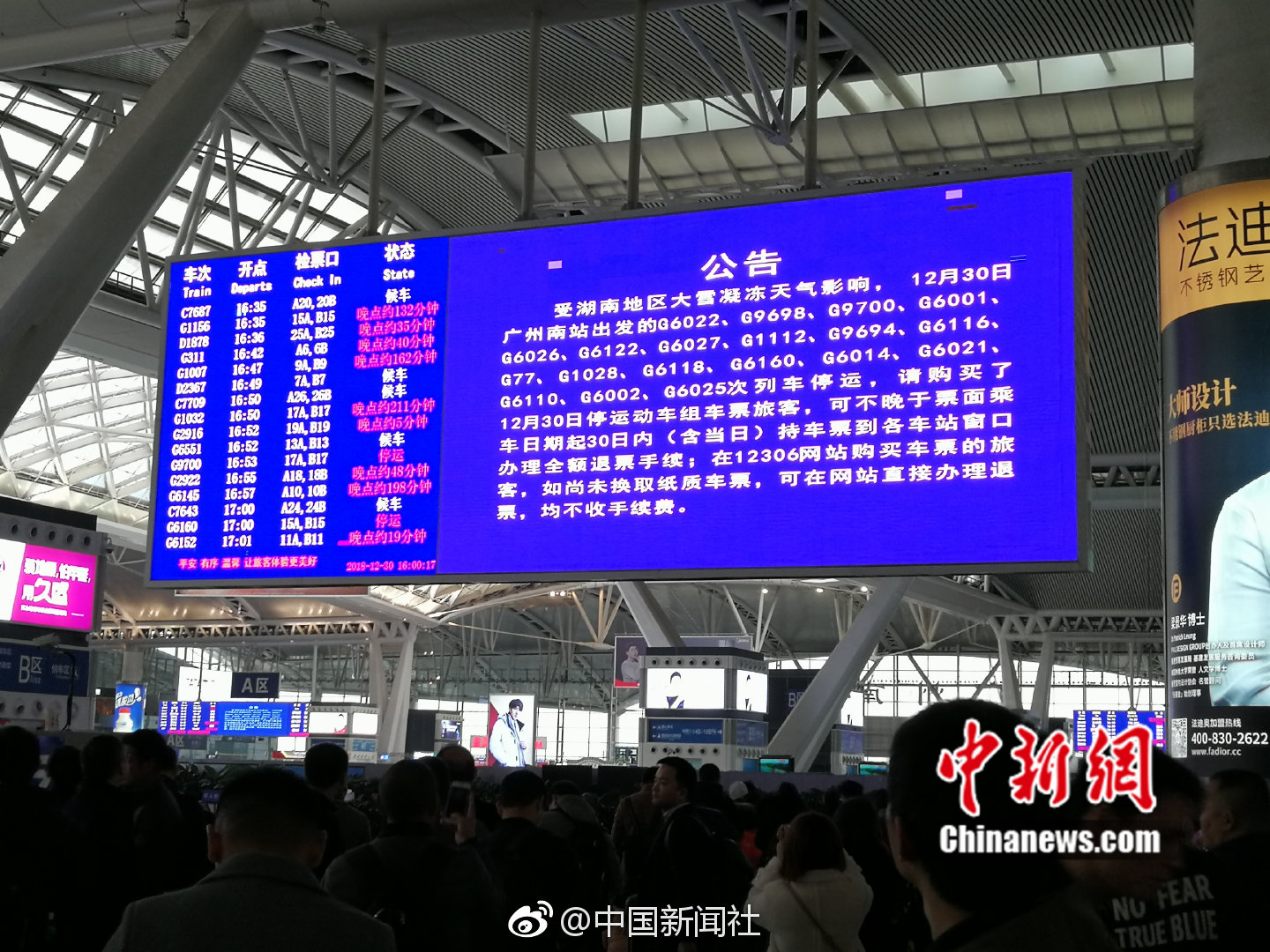 Global trade data-driven forecasting
Global trade data-driven forecasting
815.49MB
Check Bespoke trade data dashboards
Bespoke trade data dashboards
695.45MB
Check Export planning using HS code data
Export planning using HS code data
169.36MB
Check How to use trade data for pricing strategy
How to use trade data for pricing strategy
796.29MB
Check customs transaction analysis
customs transaction analysis
882.38MB
Check Global trade partner compliance checks
Global trade partner compliance checks
722.37MB
Check Automated trade documentation routing
Automated trade documentation routing
151.21MB
Check How to ensure trade compliance audits
How to ensure trade compliance audits
144.31MB
Check Middle East trade compliance platform
Middle East trade compliance platform
941.36MB
Check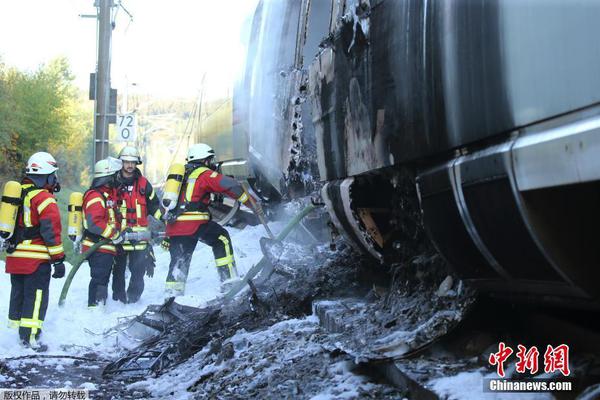
Scan to install
GCC HS code-based tariff systems to discover more
Netizen comments More
72 Aluminum products HS code insights
2024-12-24 00:55 recommend
2121 USA trade data aggregation services
2024-12-24 00:30 recommend
996 HS code referencing for port authorities
2024-12-24 00:04 recommend
1316 HS code strategies for trade diversification
2024-12-24 00:00 recommend
2914 Real-time HS code duty updates
2024-12-23 23:56 recommend